Though it can be done, laying a weed barrier over grass is not recommended – let’s uncover the reasons why. It’s often contended that this technique would not lead to the survival of the grass, but is this necessarily so?
Grasses often rely on essential elements such as sunlight, air, and water for survival. But weed barriers, usually manufactured from sturdy plastic or fabric, can bar all three of these crucial components in an effort to reduce weed growth. By preventing the sun’s rays from reaching vulnerable soil and disallowing weed seeds to germinate, these structures can stop seedlings before they even start.
For optimal weed control, if you decide to implement a weed barrier over your grass, one step you should take is cutting openings in it. This allows the grass to remain hydrated and breathe, as it needs for survival. Additionally, make sure to also remove any pre-existing weeds from the land prior to laying down the barrier; otherwise, they can still thrive underneath it.
Pulling up the grass and setting the weed barrier directly onto the dirt is typically the best choice. It allows the grass to continue gaining the necessary nutrients from water and air, without offering an environment for weeds to develop.
Related Product
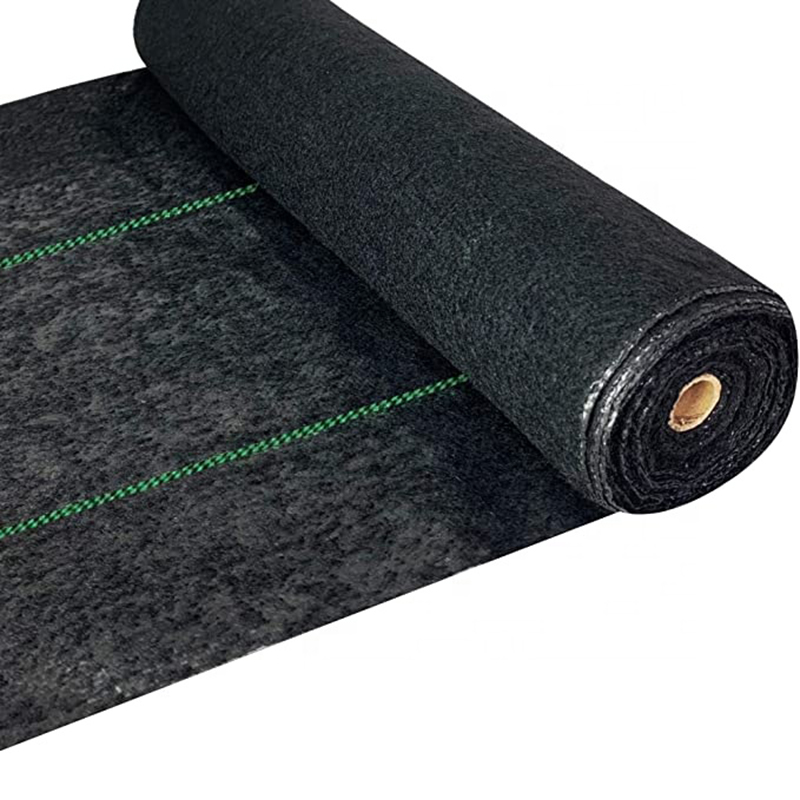
Heavy Duty Landscape Fabric
High Strength &Durability: 5.8oz heavy duty landscape weed barrier fabric, made of tightly woven polypropylene fabric needle which punched with UV-stabilized. 98.7% opaque to l […]
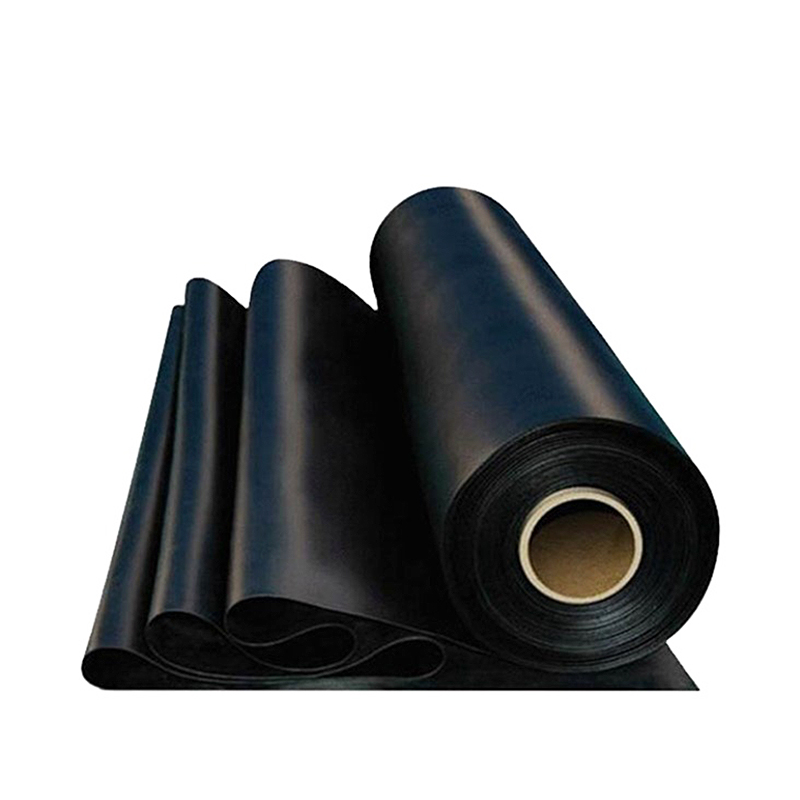
Hdpe Geomembrane
Product Features: They have strong ability for waterproof,anti seepage and isolation, aging resistance, good welding performance, convenient construction, root resistance and other […]
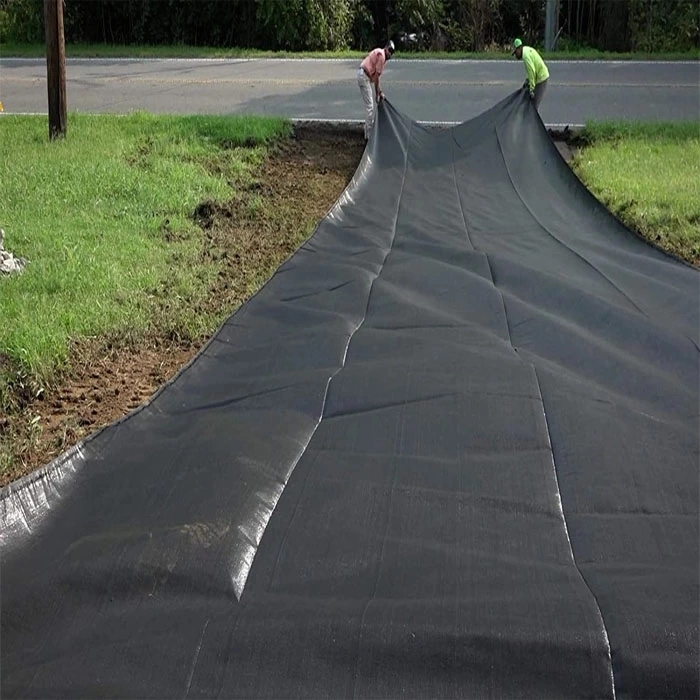
Bluekin Weedmat: Your Secret Weapon for a Low-Maintenance and Beautiful Garden
Are you tired of spending countless hours weeding and maintaining your garden? Look no further than Bluekin Weedmat, the ultimate solution for a low-maintenance and beautiful garde […]
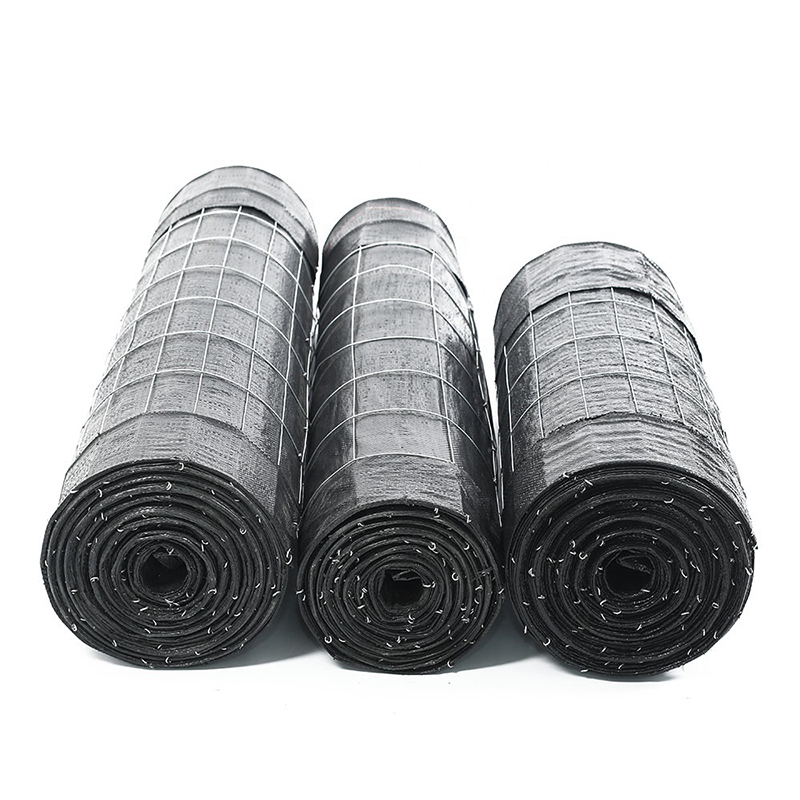
Wire Backed Silt Fence
The Wire Back Silt Fence is a strong erosion control fence designed for areas with demanding silt and erosion control requirements. Offering more strength and stability than a stan […]
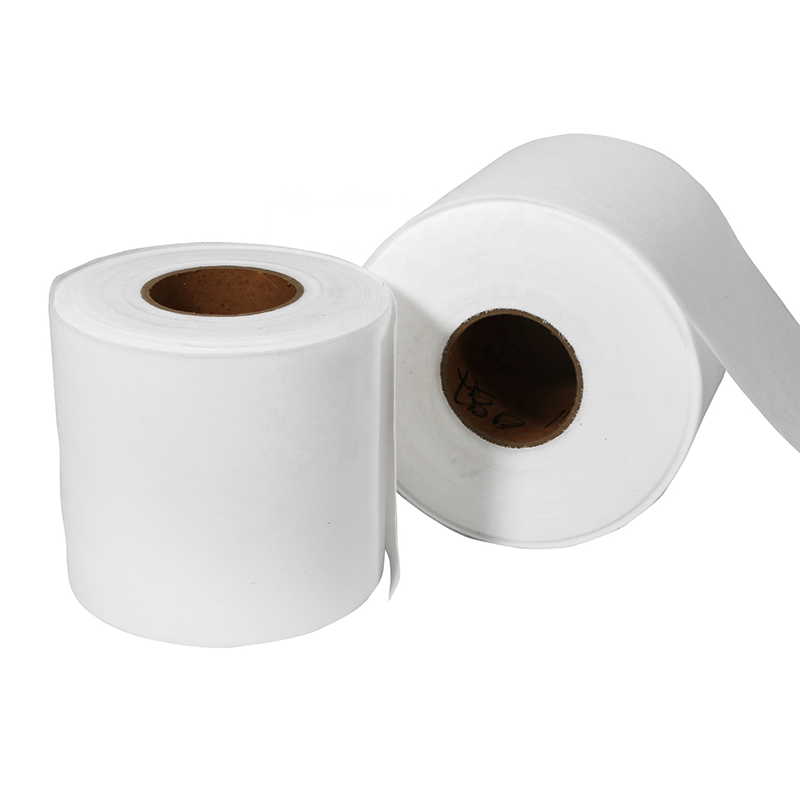
Non-Woven Geotextile
Geotextiles are permeable geosynthetic materials made by needling or weaving synthetic fibers. Geotextile is one of the new geosynthetic materials, and the finished product is clot […]
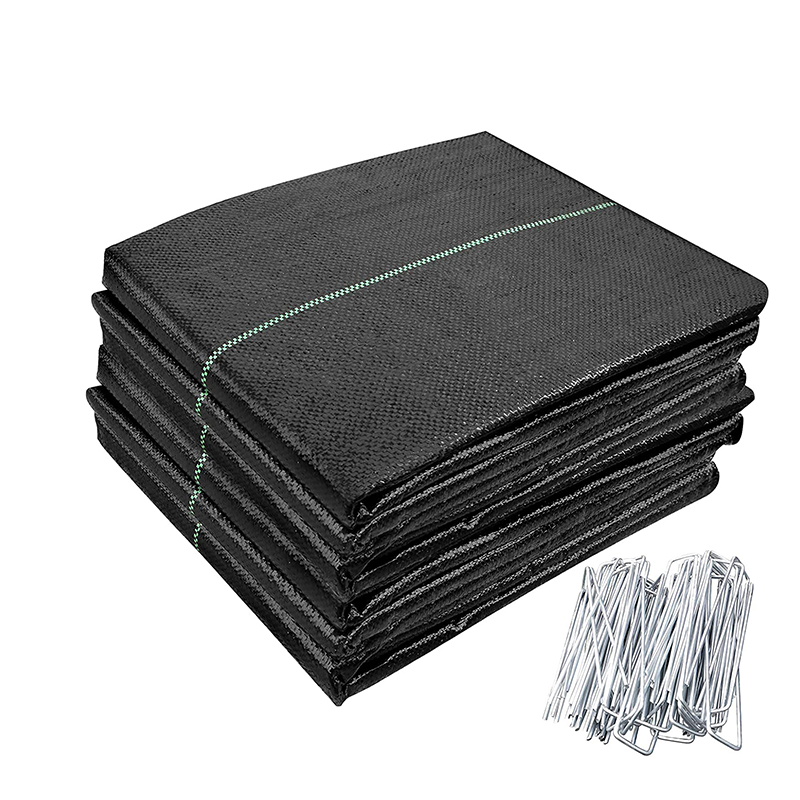
Woven Geotextile/Weed Mat
PP Woven Geotextiles are a series geotextiles made of high-performance polypropylene woven geotextile fabrics combining strength, durability and robust design. All these PP woven g […]
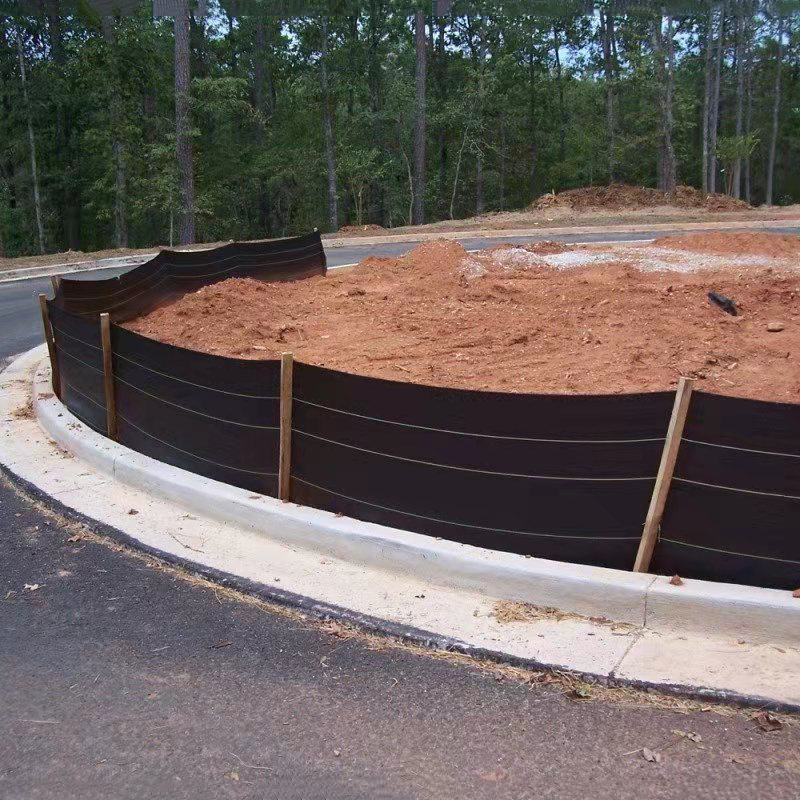
Silt Fence
Product Weed Mat / Ground cover/Slit fence Weight 70g/m2-300g/m2 Width 0.4m-6m. Lengths 50m,100m,200m or as your request. Color Black,Green,White ,Yellow or As your request […]
Post time: 2023-06-29
